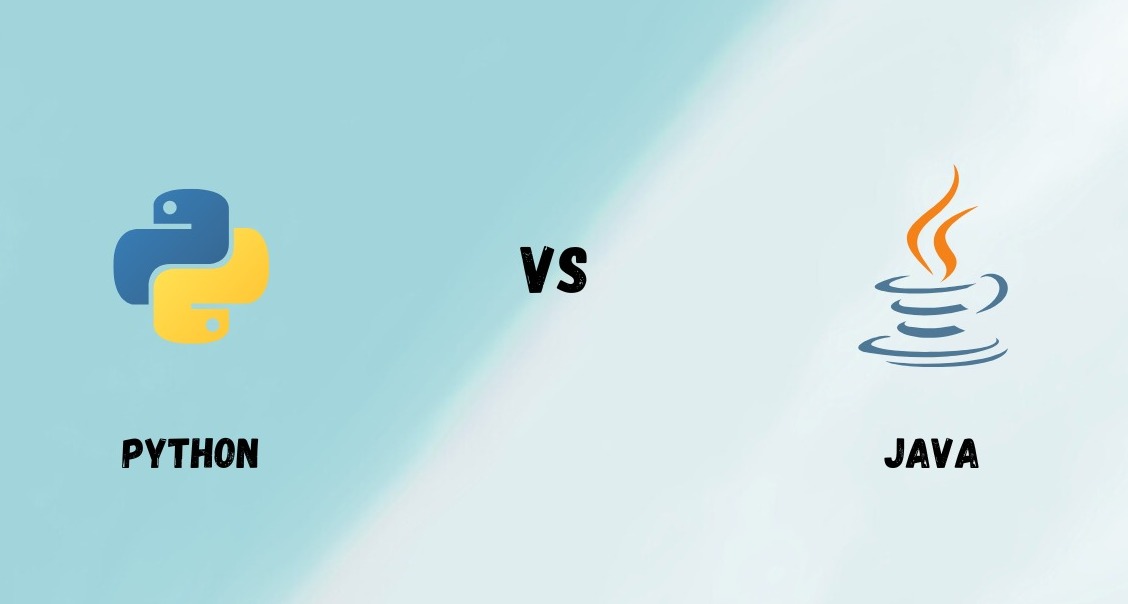What Are Java and Python ?
- Java: Born in 1995 by Sun Microsystems (now Oracle), Java is a robust, object-oriented language known for its “write once, run anywhere” mantra. It runs on the Java Virtual Machine (JVM), making it platform-independent. Java powers everything from Android apps to enterprise systems.
- Python: Created in 1991 by Guido van Rossum, Python is a high-level, interpreted language loved for its simplicity and readability. It’s like coding in plain English, making it a favorite for beginners and pros alike, from web apps to AI.
In 2025, both languages dominate, with Java holding 35% of enterprise apps and Python leading in data science, per a Stack Overflow survey.
How Do Java and Python Work ?
- Java: Compiled into bytecode, Java runs on the JVM, ensuring consistency across platforms. Its strict syntax and static typing make it ideal for large, structured projects. Think of it as building a skyscraper—solid and planned.
- Python: Interpreted and dynamically typed, Python executes code line-by-line, offering flexibility and speed in development. It’s like sketching a masterpiece—fast and creative but less rigid.
For example, a Java program for a banking system might take 200 lines of code, while Python could do it in 100, but Java’s performance might edge out for high-traffic systems.
Key Differences Between Java and Python
| Aspect | Java | Python |
|---|---|---|
| Syntax | Strict, verbose; requires more code | Simple, concise; reads like English |
| Performance | Faster for large-scale apps | Slower due to interpretation |
| Typing | Static (declare types upfront) | Dynamic (types inferred at runtime) |
| Use Cases | Enterprise, Android, web servers | Data science, AI, web development |
| Learning Curve | Steeper, more complex | Beginner-friendly, quick to learn |
A 2024 TIOBE Index ranks Python #1 and Java #3, showing Python’s edge in popularity, but Java’s enterprise dominance remains unmatched.
Applications of Java vs Python
Java Use Cases
- Enterprise Applications: Java powers banking systems, like those at JPMorgan, and ERP software like SAP, thanks to its stability and scalability.
- Android Development: Most Android apps, including Uber, rely on Java or Kotlin (Java-based), leveraging its robust libraries.
- Web Servers: Frameworks like Spring run e-commerce platforms like Amazon, handling millions of transactions daily.
Python Use Cases
- Data Science & AI: Python’s libraries like TensorFlow and Pandas power AI models at Google and data analysis at NASA. It’s the go-to for machine learning.
- Web Development: Frameworks like Django and Flask drive sites like Instagram and Spotify, offering rapid development.
- Automation: Python scripts automate tasks, like web scraping or file management, saving hours, per a 2025 GitHub report.
Benefits of Java vs Python
Java Benefits
- Performance: Excels in high-performance apps, like financial systems, with 20% faster execution than Python, per benchmarks.
- Scalability: Handles massive user bases, ideal for enterprises like Netflix.
- Portability: Runs anywhere with a JVM, from servers to IoT devices.
Python Benefits
- Ease of Use: Learn in days, not weeks, with 40% less code than Java, per studies.
- Versatility: Excels in AI, web, scripting, and more, making it a Swiss Army knife.
- Community: Massive libraries and frameworks, with 200,000+ PyPI packages in 2025.
Challenges of Java vs Python
- Java: Verbose syntax means more typing—building a simple app can take twice as long as Python. Its complexity intimidates beginners. Memory usage is higher, impacting smaller devices.
- Python: Slower runtime (up to 10x slower for CPU-intensive tasks) limits it for high-performance apps. Dynamic typing can lead to runtime errors. Less suited for mobile app development.
The Future of Java vs Python
Both languages are thriving in 2025. Java’s evolving with GraalVM for faster startups and cloud-native apps, keeping it strong in enterprises. Python’s dominance in AI and data science grows, with libraries like PyTorch leading autonomous vehicle research. A 2025 IDC report predicts 70% of new apps will use either Java or Python frameworks.
Hybrid skills are trending—developers often learn both. Java’s stability pairs with Python’s agility for projects blending enterprise backends with AI-driven frontends.
Java vs Python: Which Should You Choose?
- Choose Java if you’re building large-scale, performance-critical apps like banking systems or Android apps. It’s perfect for developers comfortable with structure and enterprises needing reliability.
- Choose Python if you’re a beginner, working on AI, data science, or rapid web development. It’s ideal for startups, automation, or projects needing quick iteration.
Try both! Start with Python on Replit for quick scripts or Java with IntelliJ for robust projects. Your choice depends on your goals, skills, and project needs.
Why Java vs Python Matters
Java and Python aren’t just languages—they’re gateways to innovation. Java builds the backbone of global businesses; Python fuels cutting-edge AI and rapid prototyping. Whether you’re a coder dreaming of the next big app or a business scaling up, understanding Java vs Python unlocks endless possibilities.
Explore Python with free tutorials on Codecademy or Java on Oracle’s site. Join developer communities on X for tips and trends. With Java vs Python, your coding journey is just beginning.
